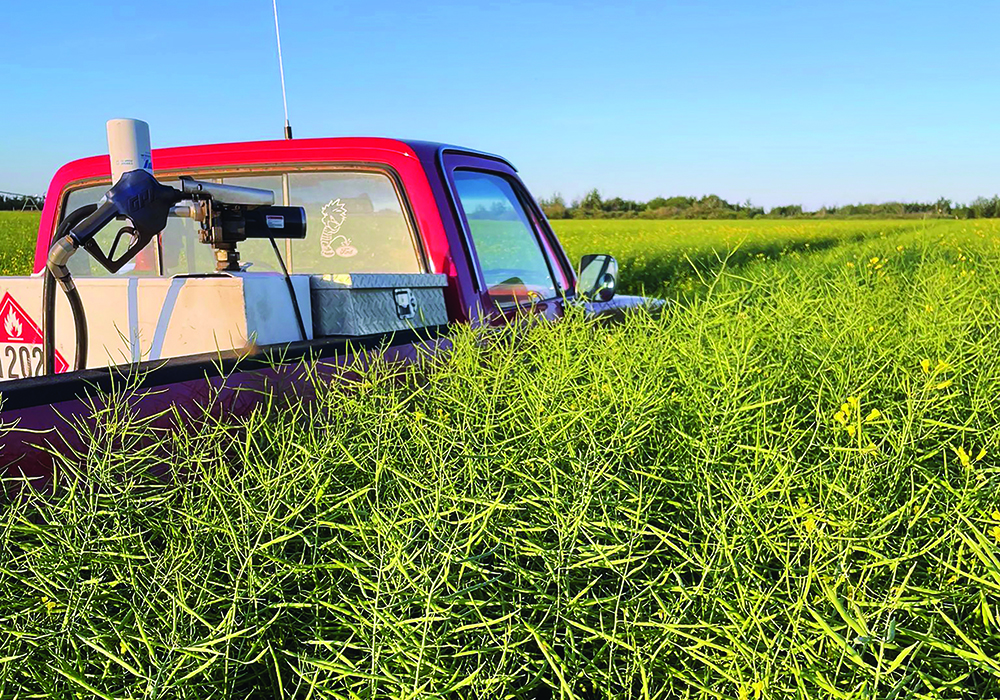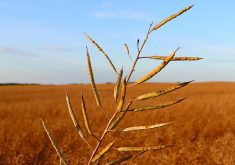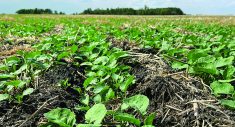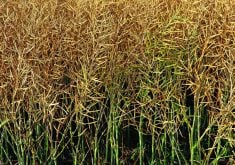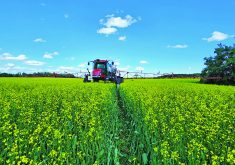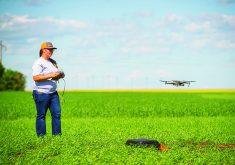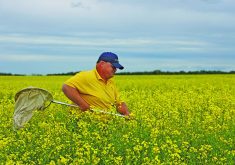What if, after years of crazy weather and crippled yields for many farmers, Western Canada actually got “normal” weather and canola yields?
What even is normal now, after years in which the noise of drought, flooding, heat-blast Julys and the “harvest from hell” have made it hard to figure out what normal yields would be?
If Prairie farmers produced a decent crop, how could that hit the market?
Other stories in the 2023 Canola Yearbook:
- Decent yields in dry times
- Canola views – photo essay
- Canola growing season in review
- Spraying in dry times can be tricky
- Flying the fields
- Hormone imbalance suspected for malformed racemes
- Incorporating resistant traits weighs on yields
- Production briefs
- Pest roundup: Canola pests kept in check by dry conditions
- Disease roundup: Verticillium has breakout year
- Canola news briefs
- Canola growers scramble to address federal policy issues
- Bids tumble but canola demand is firm
“$1,100 (per tonne) canola clearly wasn’t normal. But maybe $800 isn’t normal, or even $700,” said David Derwin, a broker with PI Financial.
“We get some decent crops, decent yields, in North America and around the world, and it wouldn’t take too much for grain prices to fall 15, 20, 25 percent. Could canola get back down to the $500, $550 level? We were at $610 not so long ago.”
Canola has been easy to move and price in recent years. Booming demand from new and expanded crushers, biofuel demand and a hungry planet have helped sweep Canada’s canola from farmers’ bins.
But that’s been with reduced annual production, following years of drought on the western plains and other yield-damaging conditions.
There are always some challenges to crop production in an area as big as Western Canada, but the last five years have been unusually severe. That might be the “new normal.”
But what if it isn’t?
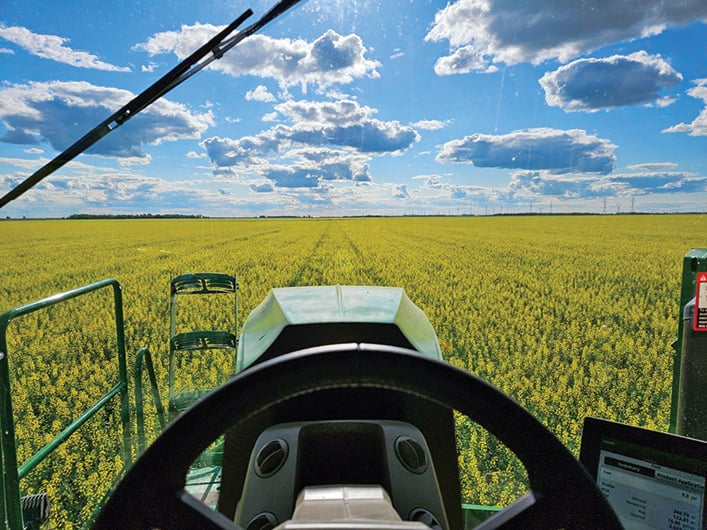
If we had a summer of good weather, with adequate moisture, not-too-hot Julys and good harvesting weather, what would average yields be?
“If you look at the temperature at flowering and maybe stress on yield (from dryness), think about what that would have taken away,” said Curtis Rempel, vice-president of crop production and innovation at the Canola Council of Canada, pondering the question.
“I think that 48-50 (bushels per acre) would be quite reasonable to say (would be the western Canadian average today.)”
For the past few years, the average has been only about 42 bu. per acre, in the face of drought, heat-blast and other challenges. Yet variety development and innovation hasn’t stood still. While the weather has been stopping canola crops from hitting their full potential, managing to maintain that 42 shows how much previous improvements have meant.
“I don’t think we would have hit our 52 bu. per acre target on any of those years, or over this last year, but I think we would have been at the 48 to 50 mark.”
That would be a lot of extra canola for the market to price, move and digest. An average yield of 50 bushels per acre would be a 25 million tonne crop.
Fortunately for growers, there is heavy demand for canola. Canada’s crushers are voracious. Biofuel demand is growing. The offshore market is solid. But that doesn’t mean prices can’t swoon.
“A record canola crop would hammer basis levels,” said Errol Anderson, who publishes the “Errol’s Commodity Wire” markets report on substack.
“Cash prices would continue to decline in this scenario. Overall, commodities are now in a bear market on weakened demand. (There would be a) break below $600 per tonne if the market is flooded with supply.”
That means farmers need to be looking forward to what they’ll see in their fields if they get normal weather and growing conditions again, but hedging against what would happen if everybody else also gets a good crop.
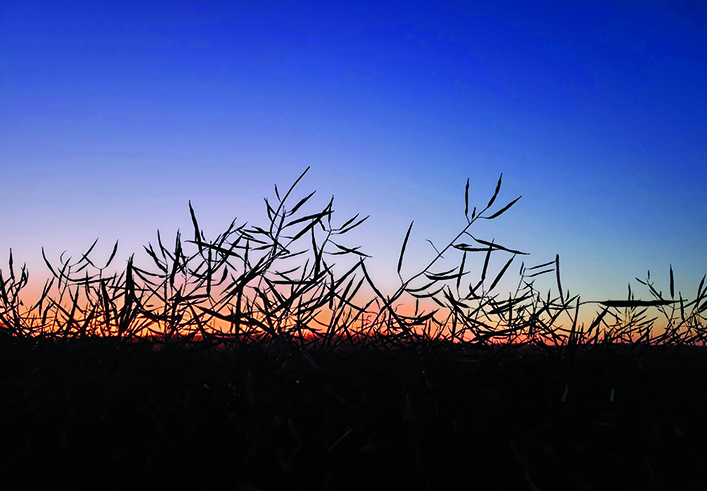
“Any kind of a rally, you want to be pricing some,” said Derwin.
If the world managed to produce good crops in many regions, prices wouldn’t hold. US$3 per bu. corn and $10 soybeans would set the basis for the market, Derwin said. That’s something farmers need to consider.
“Prices can drift lower and stay low for prolonged periods,” said Derwin.
Nobody’s banking on Western Canada getting a “normal” crop next year. As Rempel points out, the drought isn’t gone.
“We’re not out of the woods. We’re living shower to shower.”
But if the weather gods show farmers favour and provide adequate moisture, a pleasant July and good harvesting conditions, farmers will be moving a big canola crop into a market that isn’t used to it.
Contact ed.white@producer.com


